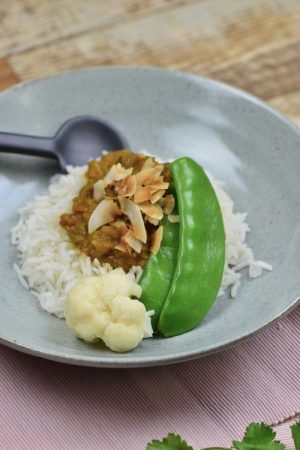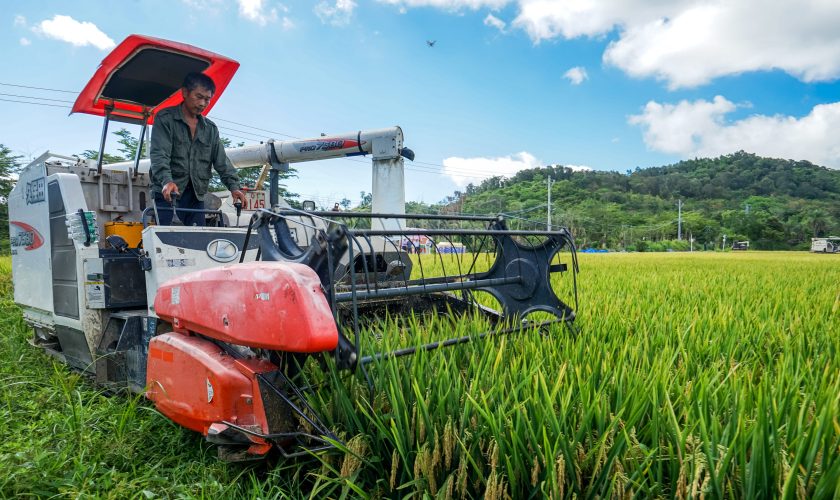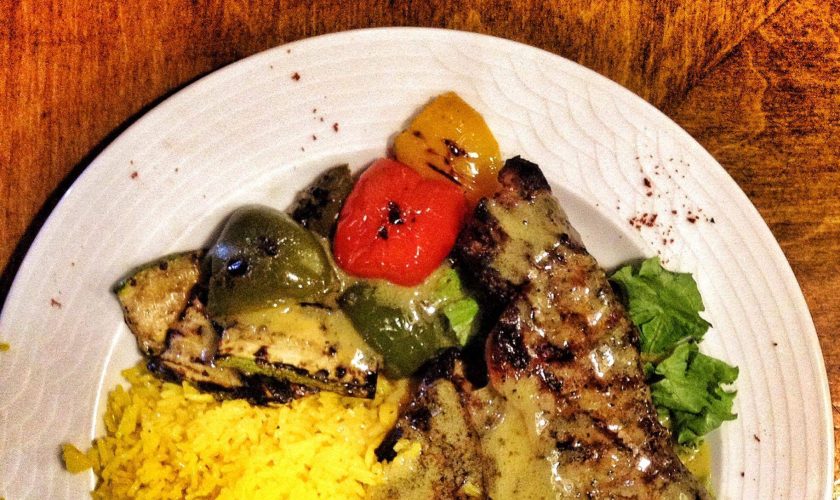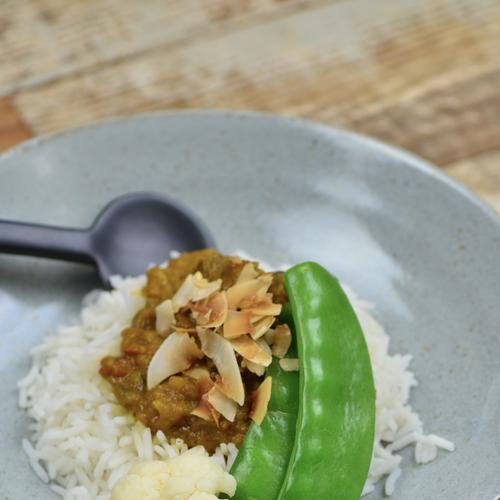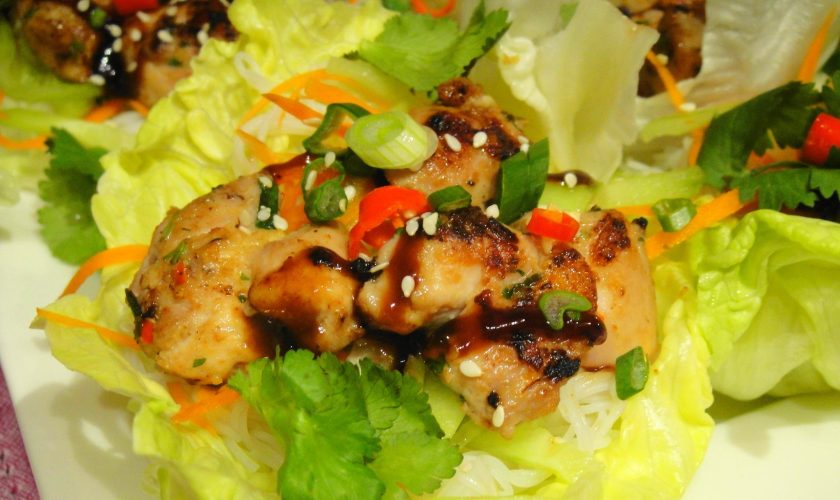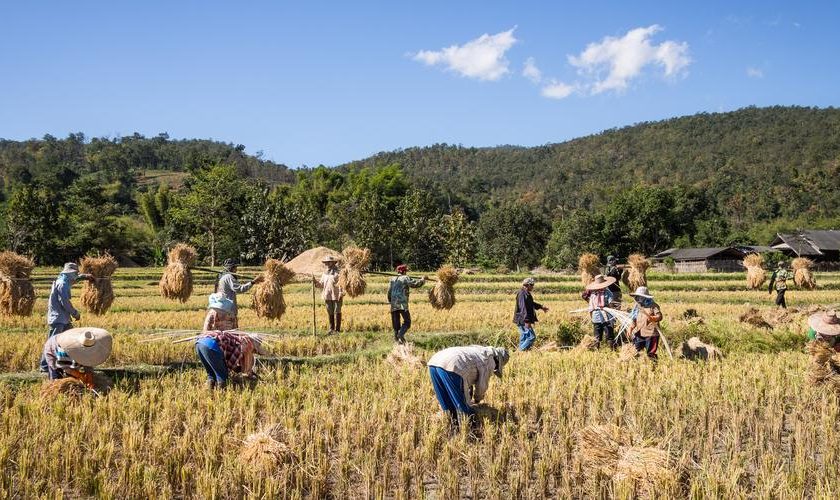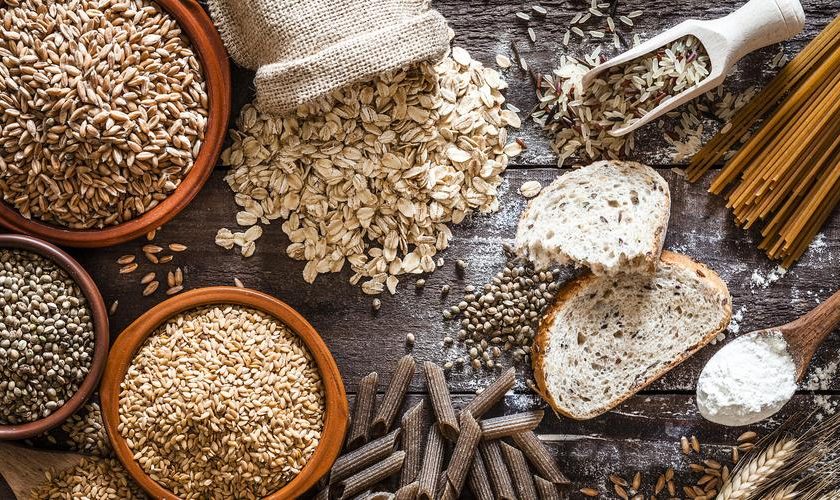Grains, the cornerstone of sustenance across cultures, have sustained humanity for millennia. Among these, rice stands as a titan, revered not only for its nutritional value but also for its cultural significance and versatility in culinary applications.
Rice: A Global Staple
Rice, a member of the grass family, is the primary food source for over half of the world’s population. Its cultivation spans continents, from the terraced rice paddies of Southeast Asia to the flooded fields of India and the expansive plains of the United States. With over 40,000 varieties, rice offers a spectrum of flavors, textures, and aromas, making it an indispensable ingredient in diverse cuisines worldwide.
Nutritional Bounty
Beyond its culinary allure, rice boasts impressive nutritional credentials. As a complex carbohydrate, it serves as an energy powerhouse, fueling the body with sustained vitality. Moreover, rice is naturally gluten-free, making it accessible to individuals with gluten sensitivities or celiac disease. Enriched with essential vitamins and minerals, including B vitamins, iron, and manganese, rice contributes to overall health and well-being.
Cultural Significance
Rice transcends mere sustenance; it embodies cultural identity and heritage. In many societies, rice cultivation is steeped in tradition and ritual, symbolizing prosperity, fertility, and unity. From Japanese sushi rituals to Indian wedding ceremonies adorned with fragrant basmati rice, this grain intertwines with the fabric of daily life, celebrations, and spiritual practices.
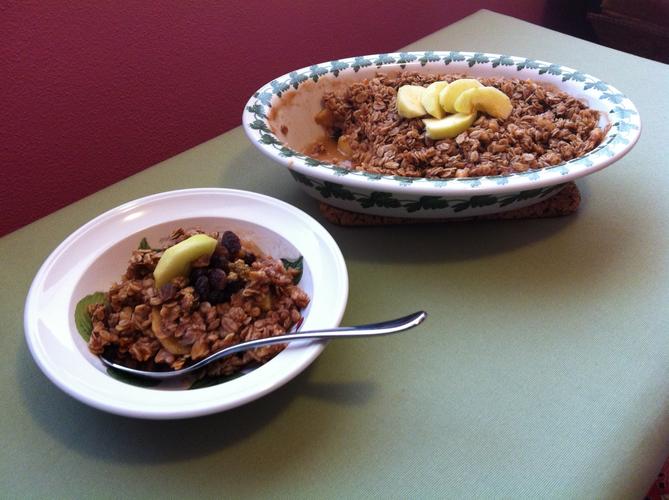
Versatility in Cuisine
Rice’s adaptability in the kitchen knows no bounds. Whether steamed, boiled, fried, or fermented, it serves as the canvas for a myriad of culinary creations. From comforting bowls of congee in China to savory paella in Spain and creamy risotto in Italy, rice manifests in an array of dishes, each reflecting the nuances of regional ingredients and cooking techniques.
Innovations in Agriculture
As the global population burgeons and environmental pressures mount, sustainable rice cultivation becomes paramount. Innovations such as System of Rice Intensification (SRI) and precision agriculture techniques mitigate water usage, reduce greenhouse gas emissions, and enhance crop resilience. These advancements ensure the continued abundance of this vital grain while safeguarding ecological balance.
Embracing Diversity
While rice holds a paramount position in the pantheon of grains, it is but one facet of a rich tapestry of cereals. Barley, wheat, maize, quinoa, and millet, among others, each contribute their unique flavors and nutritional profiles to the global table. Embracing this diversity not only enriches culinary experiences but also fosters agricultural resilience in the face of climate change and food insecurity.
In conclusion, grains, epitomized by the venerable rice, transcend their humble origins to become emblematic of sustenance, culture, and innovation. As we navigate an ever-evolving world, let us cherish these grains as not just food but as conduits of heritage, health, and harmony.





